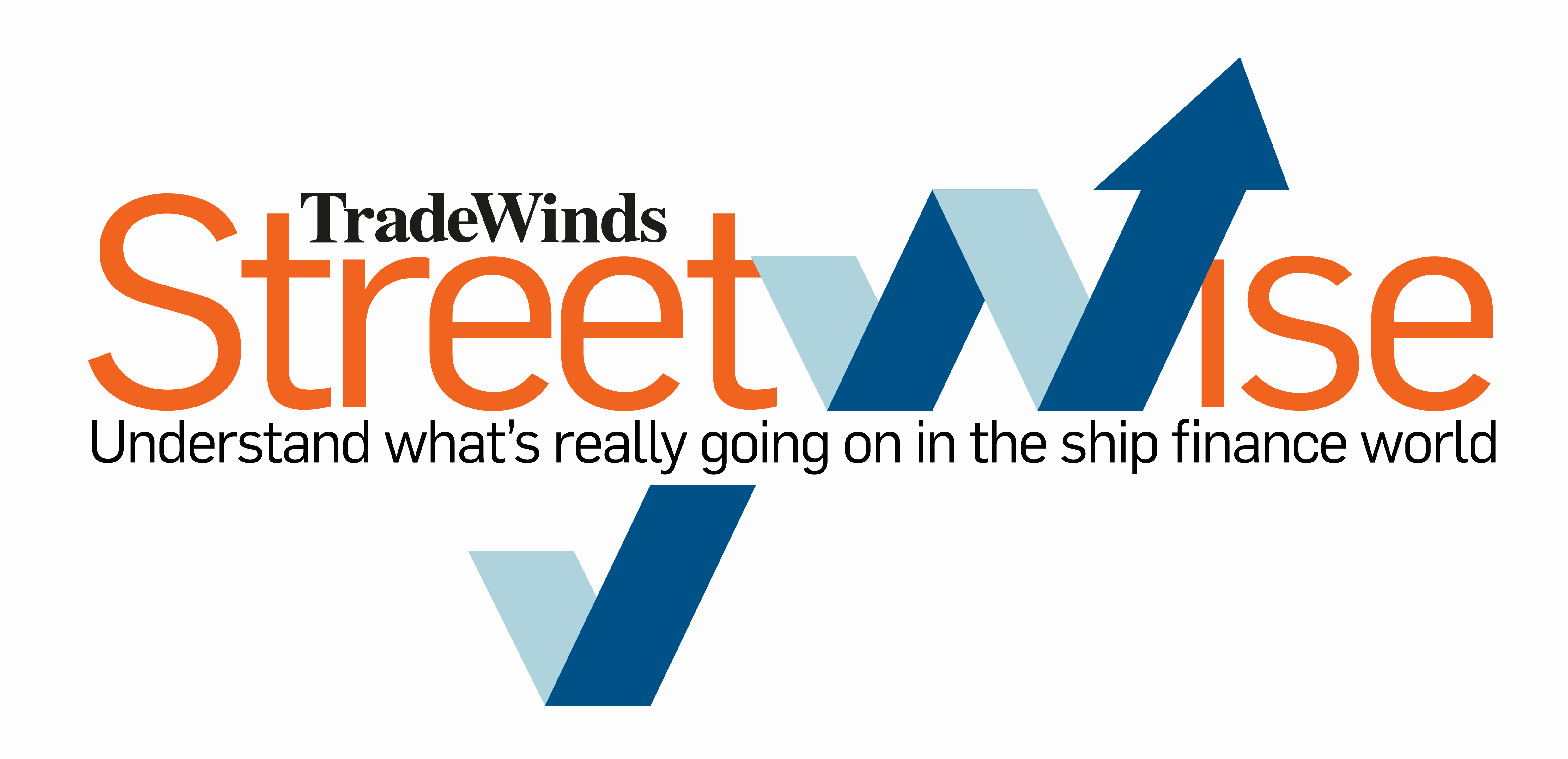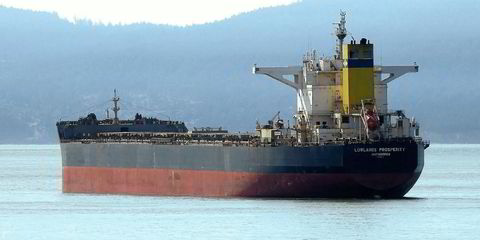Greece’s Star Bulk Carriers has achieved impressive scale in the midsize bulkers market with its acquisition of Eagle Bulk Shipping, but that will not stop it from pouncing again on bigger tonnage.
That was the message from chief executive Petros Pappas in a conference call with equity analysts on Monday evening after Star’s roughly $500m all-stock merger with Connecticut-based Eagle.
Just don’t expect the next move to come right away.
“We think it will improve our performance on the smaller-sized vessels,” Pappas told researchers.
“This is a merger with a supramax company, but we don’t rule out mergers with companies that run bigger vessels in the future.”
But after Star Bulk’s latest in a series of all-stock consolidation moves over the years proved to be a large bite, perhaps the words “in the future” can be underlined.
Star Bulk president Hamish Norton provided that context: “We’re always looking at growth, but this is a meal we’re going to have to digest for a while. We don’t want to bite off more than we can chew, but I think over time we will try to grow.”
The acquisition creates the largest US-listed bulker company, with a fleet of 169 vessels and a market capitalisation of around $2.1bn.
Each holder of an Eagle share will receive 2.6211 Star shares, with the $52.60 price paid a 17% premium to Eagle’s closing number of $44.85 per share on Friday.
Star holders will control about 71% of the combined company and Eagle 29%. The combined company will continue to be known as Star Bulk Carriers.
Star takes in Eagle’s 52 supramax and ultramax bulkers, one of the industry’s largest fleets in that size class, alongside the 28 it owns now.
Although no grand strategy changes are planned as a result of the overall combination, Star might move some way towards Eagle’s “active management” trading strategy in that sector, Pappas acknowledged.
“On the supramax side we may change our strategy and follow Eagle’s strategy, fixing more vessels on a voyage basis as well as a charter basis as we do today,” he said.
Eagle chief executive Gary Vogel offered his own view on the power of the combined fleets.
“As an active owner-operator, having more ships in a given area provides more opportunities for arbitrage: going from 52 to 80 ultramax and supramax vessels is really a step change,” he said.
In a question away from the operations sphere, Vogel was asked by analyst Omar Nokta of Jefferies how he thought two major Eagle shareholders who are also shipowners — Danaos Corp of Greece and Castor Maritime of Cyprus — would react to the deal.
Together the two own about 33% of Eagle. A simple majority of Eagle shareholders is required to approve the Star Bulk offer, and a vote is expected in the first half of 2024.

“We just announced this an hour ago,” Vogel said. “Having said that, I’m not going to get into discussions with individual shareholders, but we do believe it’s to the benefit of all our shareholders. All our shareholders receive the value of supporting this transaction.”
Star executives said a good part of the mooted $50m synergies projected in the transaction have to do with reducing the daily operating costs of the incoming Eagle fleet towards the $12,000 per day financial breakeven for Star’s current ships.
Analyst Poe Fratt of Alliance Global Partners estimates the current gap to be $1,200 per day in financial breakeven and $1,000 per day in general and administrative expenses, which together could make up $42m-$43m in savings.





